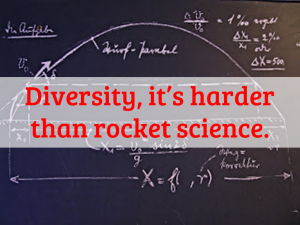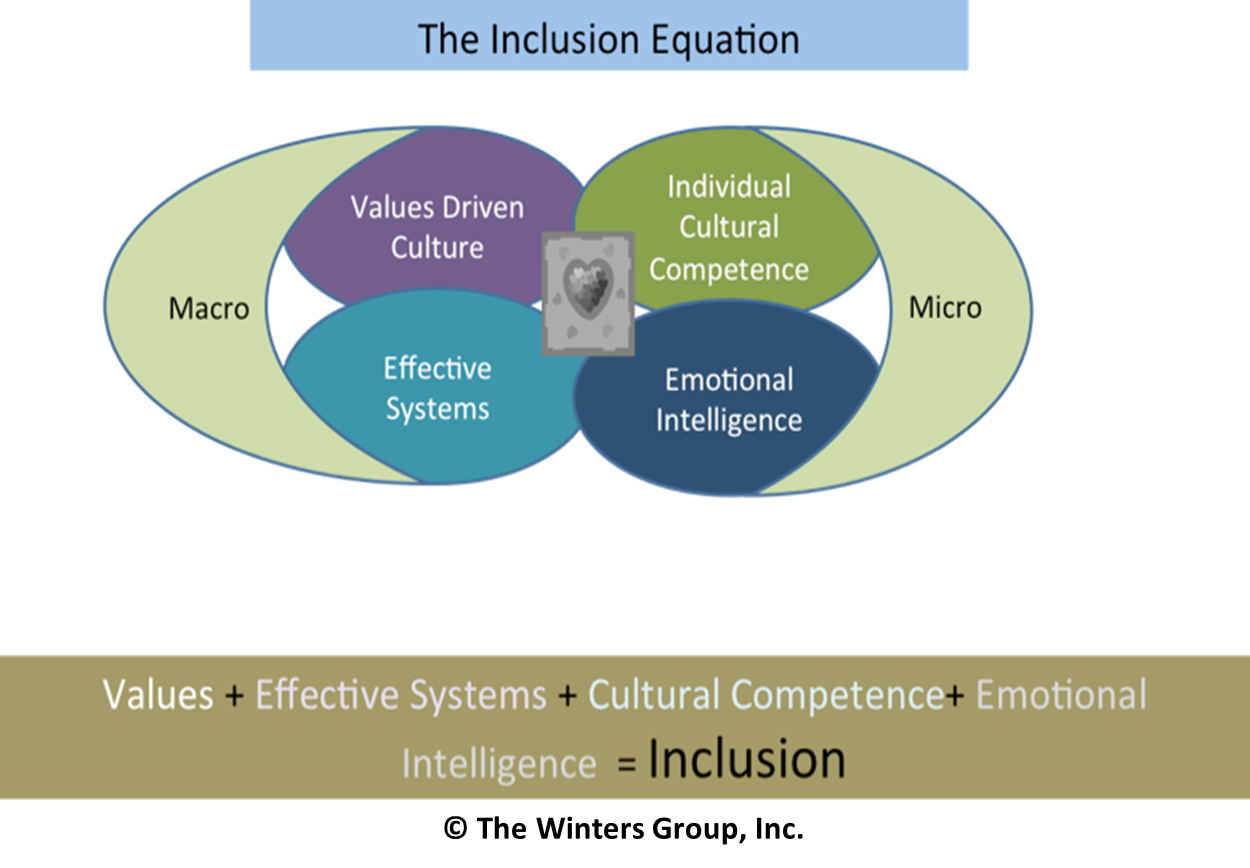 Noted Harvard University Law Professor and Director of Charles Hamilton Houston Institute for Race and Justice, Charles Ogletree, keynoted at Linkage’s Institute for Leading Diversity and Inclusion Conference this week. He opened his comments with the following statement: “Diversity is not rocket science. It is harder than rocket science.”
Noted Harvard University Law Professor and Director of Charles Hamilton Houston Institute for Race and Justice, Charles Ogletree, keynoted at Linkage’s Institute for Leading Diversity and Inclusion Conference this week. He opened his comments with the following statement: “Diversity is not rocket science. It is harder than rocket science.”
While I know that many practitioners in the audience totally agreed with Professor Ogletree’s assessment, it really took me to a place of asking why? Why is diversity harder than rocket science? And does it really have to be harder than rocket science?
I guess the similarities of diversity and rocket science would include:
- Both are complex
- Both require a great deal of study to become proficient
- Both are not well understood by the masses
According to WiseGeek many positions in rocket science (also known as aerospace engineering) require an advanced degree, even for an entry-level position.
So perhaps one reason that diversity is harder than rocket science is that we often fail to prepare people for a D&I role in the way that rocket scientists are developed. While there are indeed many well-qualified and highly effective D&I leaders, I am always amazed at the lack of in-depth knowledge many new practitioners possess. It is wonderful that we have organizations like Linkage, SHRM and the Multicultural Forum that provide venues for learning and sharing best practices. However, these events only scratch the surface.
To be an effective diversity practitioner is not just about managing programs and activities and learning how to get on the coveted “lists”. It is not just about knowing the latest diversity fad, such as unconscious bias. It is about understanding how systems and organizations really work; it requires knowledge of psychology, history, sociology, intercultural communications and relations, and business acumen.
I will never forget a comment someone made to me a number of years ago: “How hard can diversity be? Just treat everyone the way you want to be treated.” We all know that that is a very simplistic, minimalistic and ethnocentric way of viewing diversity. We should be moving towards treating people the way they want to be treated. Some call this the Platinum rather than the Golden Rule. To achieve the Platinum Rule, we must know how they want to be treated. The world of “theys” is ever expanding….those who have different worldviews, perspectives and beliefs. Understanding other cultures is truly a complex undertaking. It is not enough to know if you “shake, bow or kiss”; we must understand and adapt to others’ ways of experiencing the world if we are to achieve the vision of inclusion.
We are beginning to make strides in understanding the skill requirements for diversity professionals. SHRM (Society of Human Resource Management) is developing standards for the field in three areas including the top diversity professional. An ANSI (American National Standards Institute) effort, a group of over 200 people have been working on establishing competencies for the field.
Another common misnomer is that hiring more “diversity” is the answer. Without deep understanding of how to manage and leverage differences, a hiring only strategy will lead to a frustrating revolving door.
The Winters Group’s equation for creating inclusive organizations is shown in the diagram below. Each one of these elements in and of themselves, is complex. The interplay among them is even more complex.

There is agreement among my circle of D&I friends that we are “stuck” when it comes to making real progress in D&I as measured by visible diversity in leadership; equity for LGBT; violence against women; educational advancement for people of color, etc.
We are stuck because we don’t get that D&I is harder than, rocket science and we need people at the level of knowledge of rocket science doing the work.
This gives me the opportunity to endorse a learning opportunity that Dr. Mitchell Hammer, creator of the Intercultural Development Inventory® (IDI®), which assesses individual and group cultural competence and I have developed called the Cultural Competence Mastery Program. This comprehensive year long program (four in-person day-long sessions augmented with ongoing virtual learning) is designed to develop the skills, knowledge and ability needed to effectively drive inclusion.
D&I will continue to be harder than rocket science if we don’t acknowledge the level of skill needed.


















